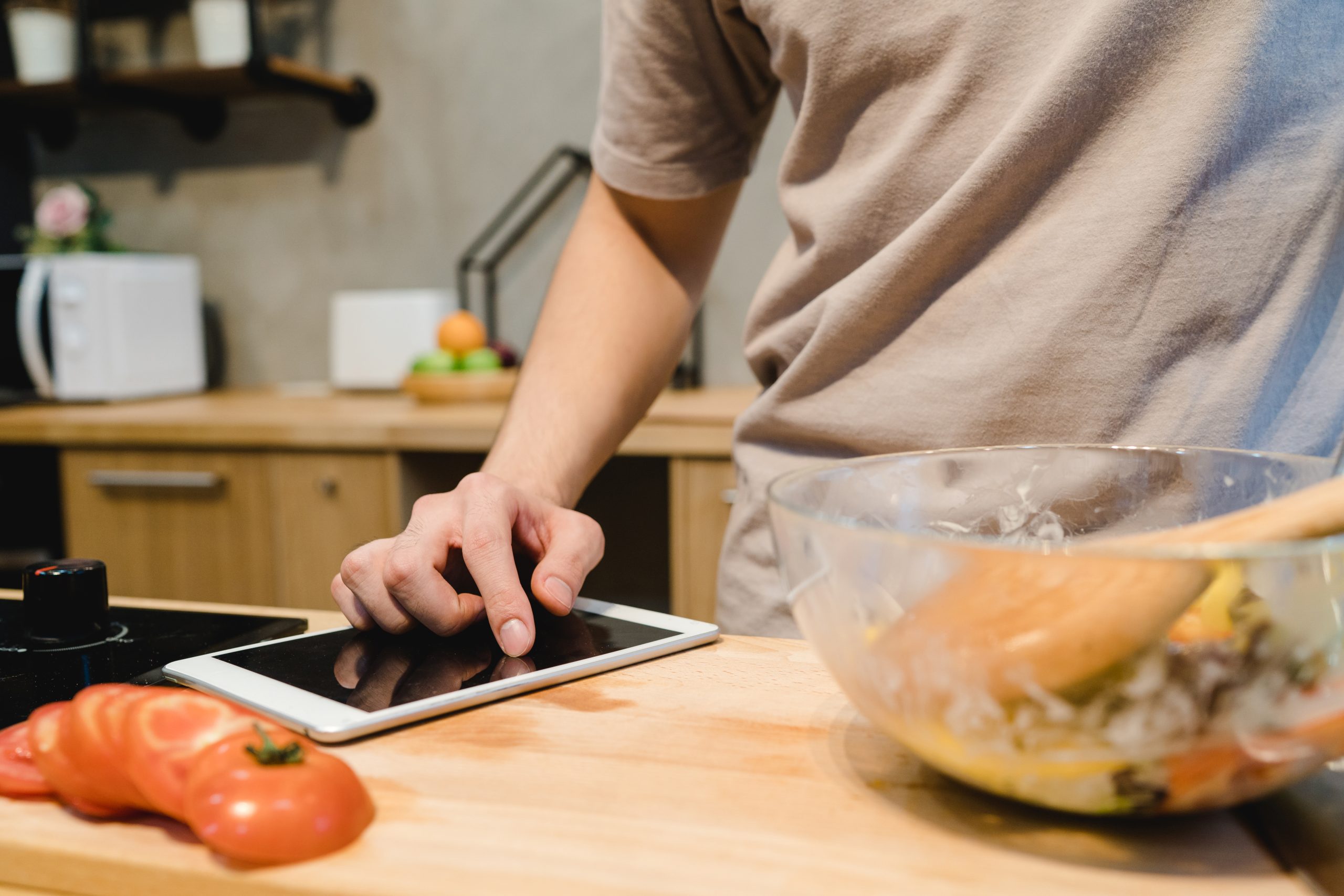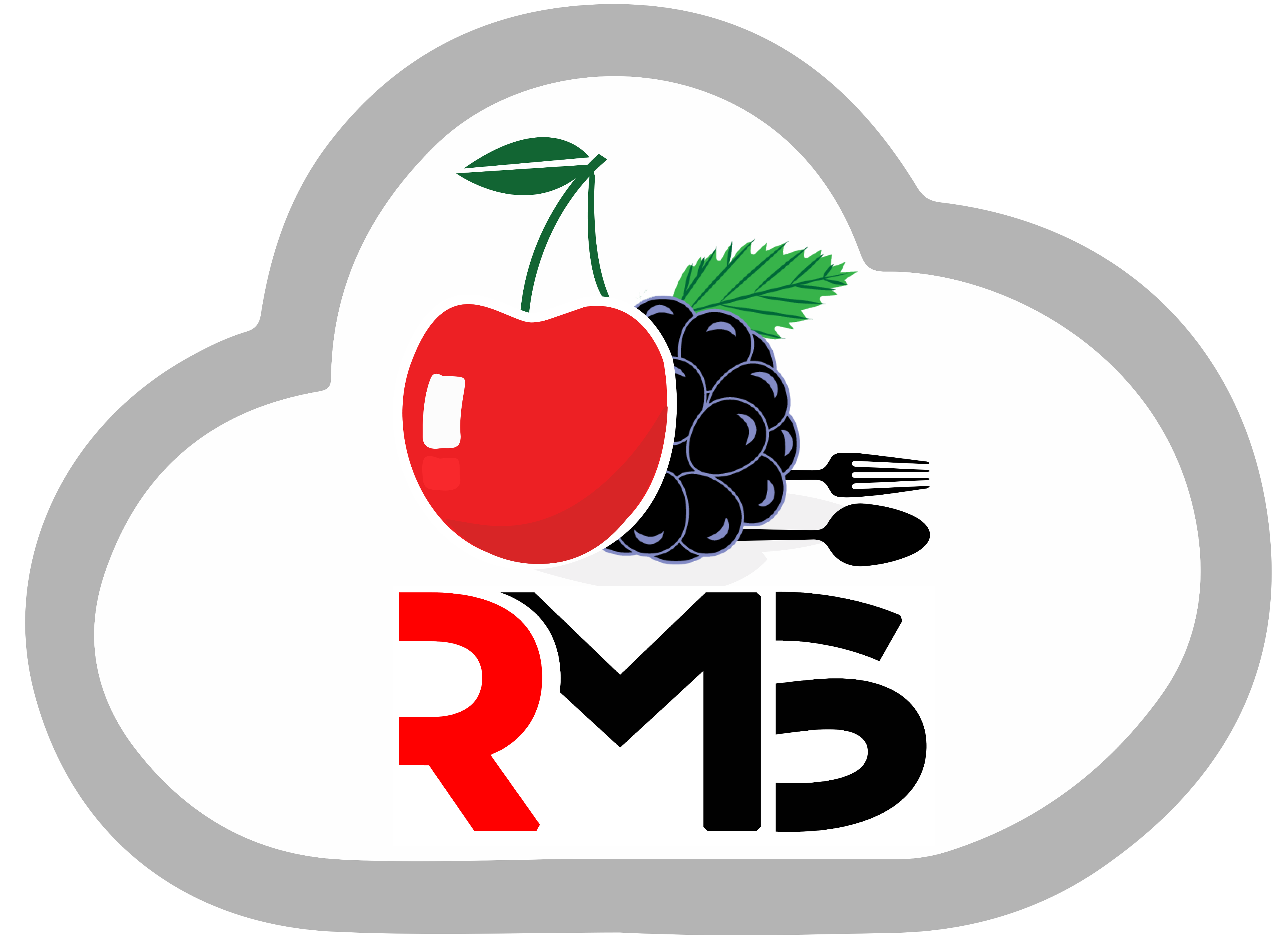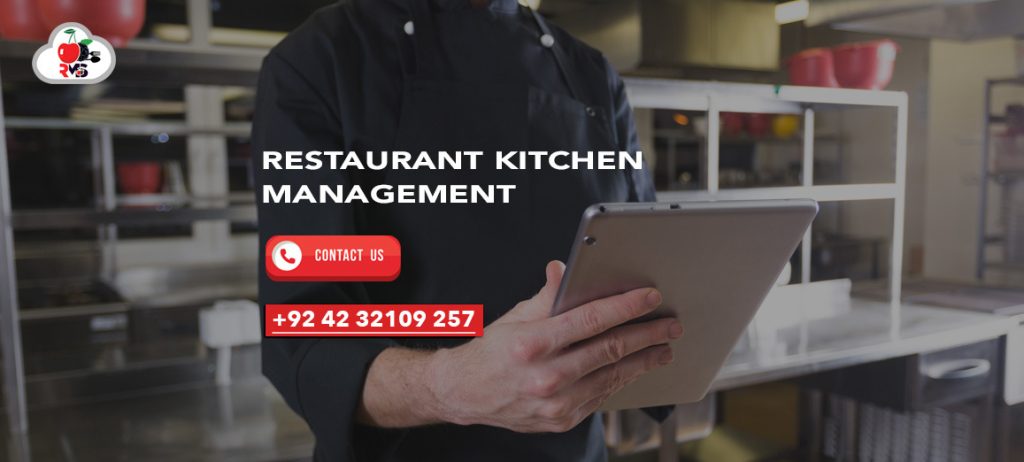
Effective Features to Look for in Restaurant Kitchen Management System
Are you struggling with your restaurant kitchen operations? In that case, a Restaurant Kitchen Management System may be the ideal answer! Several features offered by kitchen management systems can help your restaurant or food service operation run more smoothly and easily.
We’ll go over the key components to take into account while looking for a kitchen management system. In your kitchen, you can increase efficiency and production with the correct system in place. Now let’s get going!
Why Have a Restaurant Kitchen Management System?
Any business kitchen must have a restaurant kitchen management system. It makes process simplification easier, increases output, reduces costs, and improves customer service. The technology enables faster inventory management, more accurate order tracking, and enhanced communication between front and back-of-house staff.
Complete records of food products, restaurant equipment, and personnel may improve food safety and quality control through the use of kitchen management software. Additionally, it may offer up-to-date production-level data, which helps kitchen managers better anticipate orders and arrange their schedules. Any business kitchen may function more smoothly and effectively with the aid of a restaurant kitchen management system that has these capabilities.
Checklist of Features for Kitchen Management Software
You can increase efficiency of a restaurant, catering business, or other food service organisation through the use of kitchen management software. Look for the following crucial aspects while selecting this type of software:
1 – Centralized Dashboard
The capacity to retain control over all locations from a single dashboard is a crucial feature to look for in kitchen management software for chain restaurants and franchisees with many locations. This makes it possible for managers to swiftly and simply make changes in addition to viewing information from several sources simultaneously.
2 – Keeping Track of Inventory
A crucial element to search for in kitchen management software is inventory management. You should be able to monitor the ingredients, amounts, and expiry dates of each dish using an efficient inventory monitoring system. It should also notify you when your stock levels drop below a certain point. This prevents any possible waste and guarantees that your kitchen never runs out of the items you need.
3 – Capability to Monitor Meal Orders
You should choose a kitchen management software that can easily track food orders. This makes it possible for customers to keep track of the status of their purchases and guarantees prompt and effective delivery.
The majority of software packages enable users to see all incoming orders from clients and the details of each one, such as the time it takes to prepare, cook, and deliver. This enables consumers to receive their meal orders on time and helps cooks arrange their day more precisely.
4 – Order Preparation Details
All restaurant kitchen management software must give access to the order preparation information. Order specifics like the customer’s name, the products requested, the amount, and any special instructions should be included in this data. Additionally, it should be simple to search for or filter orders according to parameters like time or date. In addition, the system ought to notify users when an order is prepared. Adding components or modifications, as well as handling order cancellations and returns, are possible extra features.
5 – Analytics and Reporting
Keeping tabs on client happiness, inventory levels, performance, and other factors is crucial. Having access to extensive reporting and analytics tools makes it simple to make data-driven choices about the profitability of your menu items. You may also identify trends in consumer buying patterns and preferences with the use of this function. You can easily keep your menu items fresh, vibrant, and profitable if you keep on looking at data and stats frequently.
6 – Ability to Plan Menus
The ability to design menus is one of the most crucial characteristics to consider when choosing kitchen management software. This function lets Chefs and restaurant owners quickly create and modify weekly menus. In addition to calculating recipe costs and creating ingredient lists, the programme must also be able to provide substitutes for any ingredients that are out of stock or too costly. This will guarantee that clients have a variety of alternatives and help manage menu expenditures. Chefs should be able to effortlessly keep track of the ingredients needed for each meal by using the software’s ordering and inventory management features. Restaurants that employ perishable foods or have limited storage space may find this function extremely helpful.
7 – Management of Employees
You should have no trouble managing personnel data using kitchen management software, including contact information, work schedules, certifications, and pay rates. Features like shift changes, time-off requests, attendance monitoring, leave rules, and other HR compliance needs should also be there. This makes it easier for restaurant owners to oversee their workforce. They can guarantee that everyone adheres to the same protocols as a result.
8 – Placing Purchases and Orders
Purchase and ordering features should be included in good kitchen management software. This feature will enable managers to follow the progress of item deliveries. They can also manage budgets, and make orders with suppliers straight from the platform. To make buying more effective and simple, it should also enable managers to set up automated reorder points for frequently bought products.
9 – Recipe Organising
Cooks and chefs may save, manage, and arrange recipes with the use of the Restaurant Kitchen Management System. This is possible if it includes recipe management features. Users may use it to rapidly search for a recipe they wish to use or require. Keeping track of the components in each recipe and scaling up or down recipes to alter serving sizes are more capabilities that may be in recipe management software. This function can assist speed up the cooking process and guarantee that every dish is made consistently each time. This yields consistent results. This feature can also help cooks save time. This is so by making it simple to find and get a recipe without having to browse through many cookbooks or websites.
10 – Features for Cost Tracking
Cost-tracking tools should be present in kitchen management software so you can keep an eye on your spending. It ought to have the ability to monitor the price of ingredients, employee pay, and other overhead related to operating a kitchen. It will be simpler to keep to your financial goals and create a budget as a result. To enable you to promptly pinpoint areas where you could be overpaying or creating inefficiencies, the software should also give you an accurate and current picture of your expenditures.
11 – Easy to Integrate
Inventory and point of sale (POS) systems in your restaurant should be able to interface with kitchen management software. Simplifying data input into the system and doing away with the requirement for manual double-entry information, will save time and effort. Additionally, cross-communication between several business divisions is possible by integration, guaranteeing data consistency and correctness. It’s important to check if any kitchen management software you’re considering is compatible with other systems before purchasing because not all of them are.
Conclusion
With kitchen management software growing in popularity, it’s critical to choose the solution that best suits your company. When features are properly matched, you can be sure you’ll have everything you need to support the growth of your company. CherryBerry RMS offers these and many more features in its Restaurant Kitchen Management System.
Frequently Asked Questions
Why Is Software for Kitchen Management Important?
To guarantee that food is prepared properly and effectively, kitchen management software is a crucial tool for the restaurant business. Some features of restaurant kitchen management software are ordering goods, monitoring inventory levels, and organising recipes. It also helps keep an eye on the temperature while cooking, and making sure food safety regulations. It may also be used to analyse trends, assess consumer comments, and assist cooks and restaurant owners spot issues before they become serious. Restaurants may guarantee the finest quality cuisine and excellent customer service with the help of kitchen management software.
What Is the Kitchen Management System’s Primary Purpose?
Streamlining workflow and operations is the primary purpose of a Restaurant Kitchen Management System (KMS) in any food service organisation. To provide clients with an excellent eating experience, it makes it simpler for staff to acquire, store, prepare, and display food items swiftly.
In addition, KMS assists with cost management, menu planning, procuring supplies, customer service, and inventory tracking and administration. Kitchen employees can simply keep an eye on meal preparation times and cut down on food waste in restaurants with the use of KMS.
What Makes the Food Management System Important?
In the food sector, a food management system is an essential instrument. It aids in making sure that food is correctly prepared and stored, avoiding contamination and food spoiling. In addition, the system keeps track of inventory levels and notifies employees when more stock is needed. This guarantees that there will always be an adequate supply of goods or services for sale.

